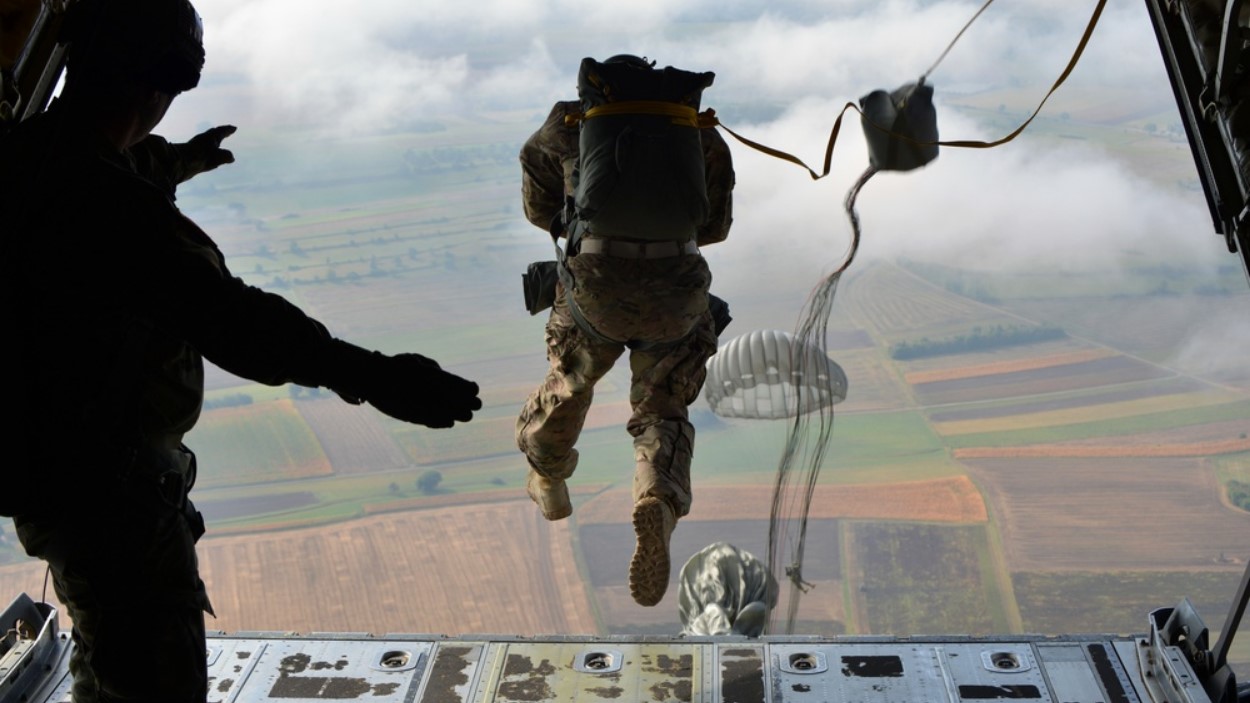Five thrusters failed as the capsule approached the space station on June 6, a day after liftoff. This was Boeing’s first test flight with a crew aboard.
After almost three months, the decision finally came down from NASA’s highest ranks. Their empty Starliner capsule will undock in a week or two and attempt to return on autopilot.
It was a blow to Boeing, adding to the safety concerns plaguing the company on its airplane side. Boeing had counted on Starliner’s first crew trip to revive the troubled program after years of delays and ballooning costs. The company had insisted Starliner was safe based on all the recent thruster tests both in space and on the ground.
Retired Navy captains with previous long-duration spaceflight experience, Wilmore, 61, and Williams, 58, anticipated surprises when they accepted the shakedown cruise of a new spacecraft, although not quite to this extent.
Before their June 5 launch from Cape Canaveral, Fla., they said their families bought into the uncertainty and stress of their professional careers decades ago. During their lone orbital news conference last month, they said they had trust in the thruster testing being conducted. They had no complaints, they added, and enjoyed pitching in with space station work.
Wilmore’s wife, Deanna, was equally stoic in an interview earlier this month with WVLT-TV in Knoxville, Tenn., their home state. She was already bracing for a delay until next February: “You just sort of have to roll with it.”
There were few options.
Williams, 58, was born in Ohio but considers Needham her hometown, according to her biography on NASA’s website. In 2019, the town opened an elementary school named after the astronaut. Williams graduated from Needham High School in 1983.
“This is what I know about Suni — she is upbeat, she’s positive, she’s wicked smart, she’s a team player, and she knows that her success on the mission and students’ success on the ground depends on people working together,” Needham Superintendent Daniel Gutekanst told the Globe earlier this month. “I’m sure she misses her husband and her dog, but I know there’ll be a great homecoming for her when she and Butch come back.”
Norman Knight, leader of NASA’s Flight Operations Directorate, said during the conference the astronauts’ families are their pillars of strength and support.
“Their families are doing well. Their families understand, just like the crew members when they launch, there’s always a possibility that they could be up there much longer than they anticipate,” Knight said. “I’m not saying it’s not hard — it is hard, it’s difficult. You have to adjust for that.”
Though Williams is far from home, she finds creative ways to keep touch with Massachusetts. On Aug. 21, she ran the Falmouth Road Race from the International Space Station. She strapped herself to a treadmill and, sporting a bib number, ran as the station floated over Egypt.
The SpaceX capsule currently parked at the space station is reserved for the four residents who have been there since March. They will return in late September, their stay extended a month by the Starliner dilemma. NASA said it would be unsafe to squeeze two more into the capsule, except in an emergency.
The docked Russian Soyuz capsule is even tighter, capable of flying only three — two of them Russians wrapping up a yearlong stint.
So Wilmore and Williams will wait for SpaceX’s next taxi flight. It’s due to launch in late September with two astronauts instead of the usual four for a routine six-month stay. NASA yanked two to make room for Wilmore and Williams on the return flight in late February.
NASA said no serious consideration was given to asking SpaceX for a quick stand-alone rescue. Last year, the Russian Space Agency had to rush up a replacement Soyuz capsule for three men, among them American Frank Rubio, whose original craft was damaged by space junk. The switch pushed their mission beyond a year, setting a US space endurance record still held by Rubio.
Starliner’s woes began long before its latest flight.
Bad software fouled the first test flight without a crew in 2019, prompting a do-over in 2022. Then parachute and other issues cropped up, including a helium leak in the capsule’s propellant system that nixed a launch attempt in May. The leak eventually was deemed to be isolated and small enough to pose no concern. But more leaks sprouted following liftoff, and five thrusters also failed.
All but one of those small thrusters restarted in flight. But engineers remain perplexed as to why some thruster seals appear to swell, obstructing the propellant lines, then revert to their normal size.
These 28 thrusters are vital. Besides being needed for space station rendezvous, they keep the capsule pointed in the right direction at flight’s end as bigger engines steer the craft out of orbit. Coming in crooked could result in catastrophe.
With the Columbia disaster still fresh in many minds — the shuttle broke apart during reentry in 2003, killing all seven aboard — NASA embraced open debate over Starliner’s return capability. Dissenting views were stifled during Columbia’s doomed flight, just as they were during Challenger’s in 1986.
Despite Saturday’s decision, NASA isn’t giving up on Boeing.
NASA went into its commercial crew program a decade ago wanting two competing US companies ferrying astronauts in the post-shuttle era. Boeing won the bigger contract: more than $4 billion, compared with SpaceX’s $2.6 billion.
With station supply runs already under its belt, SpaceX aced its first of now nine astronaut flights in 2020, while Boeing got bogged down in design flaws that set the company back more than $1 billion. NASA officials still hold out hope that Starliner’s problems can be corrected in time for another crew flight in another year or so.
Material from Globe wire services was used in this report.
Natalie La Roche Pietri can be reached at [email protected]. Follow her @natalaroche.















